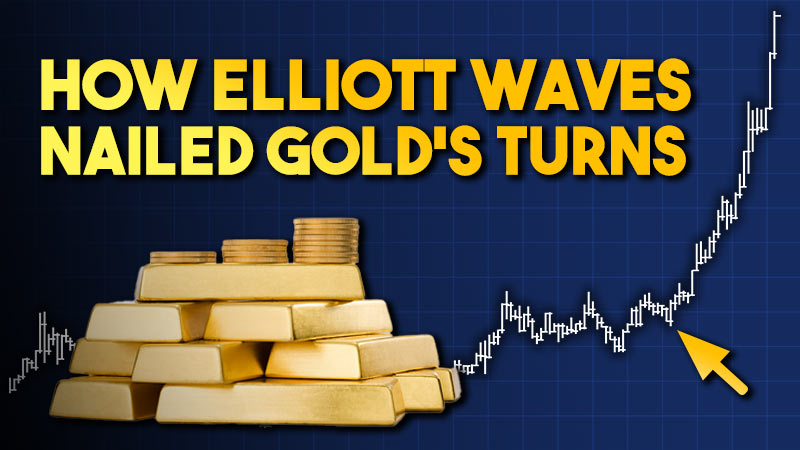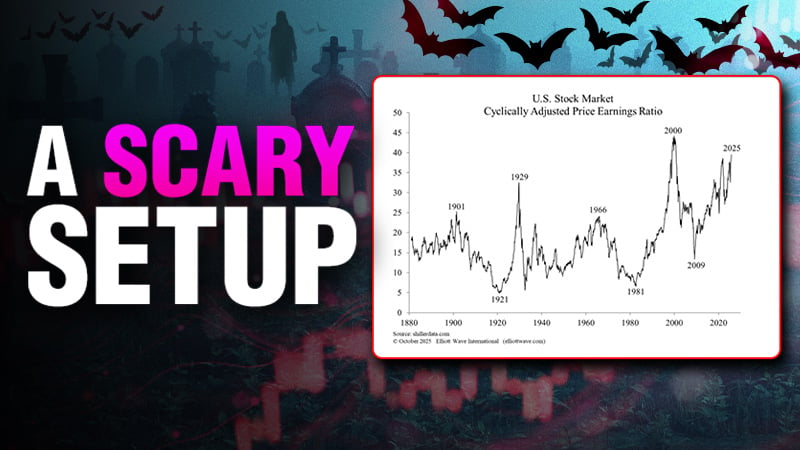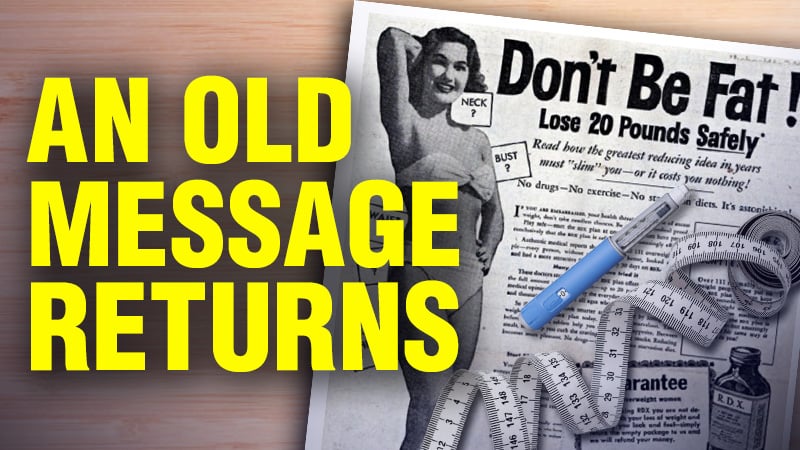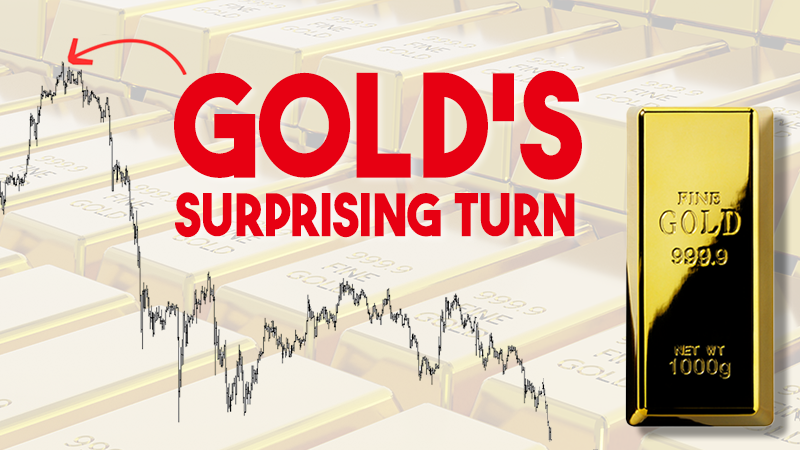Hi, my name is Nady Laymoud, and I’m the U.S. Interest Rates analyst here at Elliott Wave International.
Today’s ETV video is dedicated to answer a simple question: Do we need all these layers of technical tools to help us reach the right trading decision?
Oftentimes, I see charts that is so cluttered with technical tools, just like this chart, to the point that I’m unable to see the important price action fluctuations. Imagine what this chart would look like if we started to add support and resistance lines.
The point of this video is that you don’t have to be an Elliott Wave guru to be able to reach a sound decision without all this noise.
So, let’s clear this chart first before we go any further. By the way, this is the June contract chart of the U.S. T-Notes.
So, let’s assume that we can’t make heads or tails from an Elliott perspective on this chart. The most basic thing to do is to identify the trend.
In this trend, it’s obvious that the trend is down. With that in mind, we know from the Elliott Wave Principle book that the market moves with the trend in five waves and the rebound is in three waves against that. So, probabilities are that this strength from this low here is against the trend and that it should be in three waves before resuming the larger degree downtrend.
If you agree with me that this assumption has higher probabilities than a decline below this low here, we’ll leave that whole bounce with a corrective look, a three-wave rally, and once we push below there, we would be positioned correctly to anticipate lower lows.
So, the advantage here is that without knowing what the larger wave degree is unfolding, we are able to enter the market with odds in our favor.
The only drawback here is that we wouldn’t be able to calculate the end of the coming decline. To do so, we need either to start labeling this decline or follow a solid Elliottician labeling.
If we decide to go the labeling route, we would start by considering that we’ve got waves 1, 2 and 3 complete and that the fourth wave is in its late stages. If that is true, then the coming weakness would represent a fifth wave. We know that fifth waves tend toward equality with Wave 1.
So, let’s fast forward.
So, once we see that weakness, this would lead us to anticipate that the fourth wave has already topped and that we can project a potential objective from the end of Wave 1 here to the end of the fourth wave, where Wave 5 would have traveled the same distance as Wave 1. The potential objective then is at 115^50.
Now, let’s see how prices unfolded from that zone.
And we see that the market reached that potential objective before starting to show signs of strength for the third time in that down trend.
You can approach the market the same way for this following strength and you would still be profitable. You could anticipate a decline below this level here, as a decline below there would imply that we have a complete three-wave structure and that the downtrend has resumed.
That’s all for me today. I enjoyed being with you. Happy trading.
Most traders only react. YOU can anticipate.
Many traders pride themselves on being quick to react. Prices move, and they start the chase.
That, by definition, puts you behind the move. But when you use Elliott waves, you anticipate — and spot reversals before the crowd knows what hit it.
Trade bonds? Then let our Interest Rates Pro Service help take the guesswork out of your trading.
Here’s how to get started right now.





